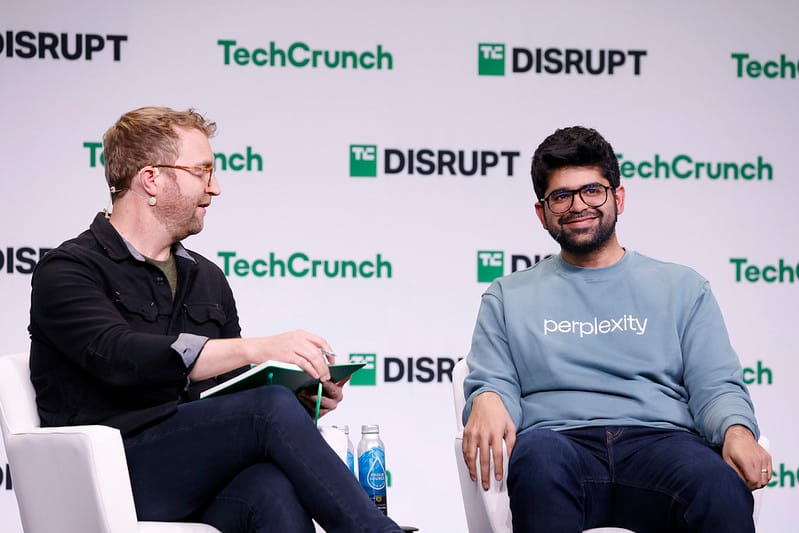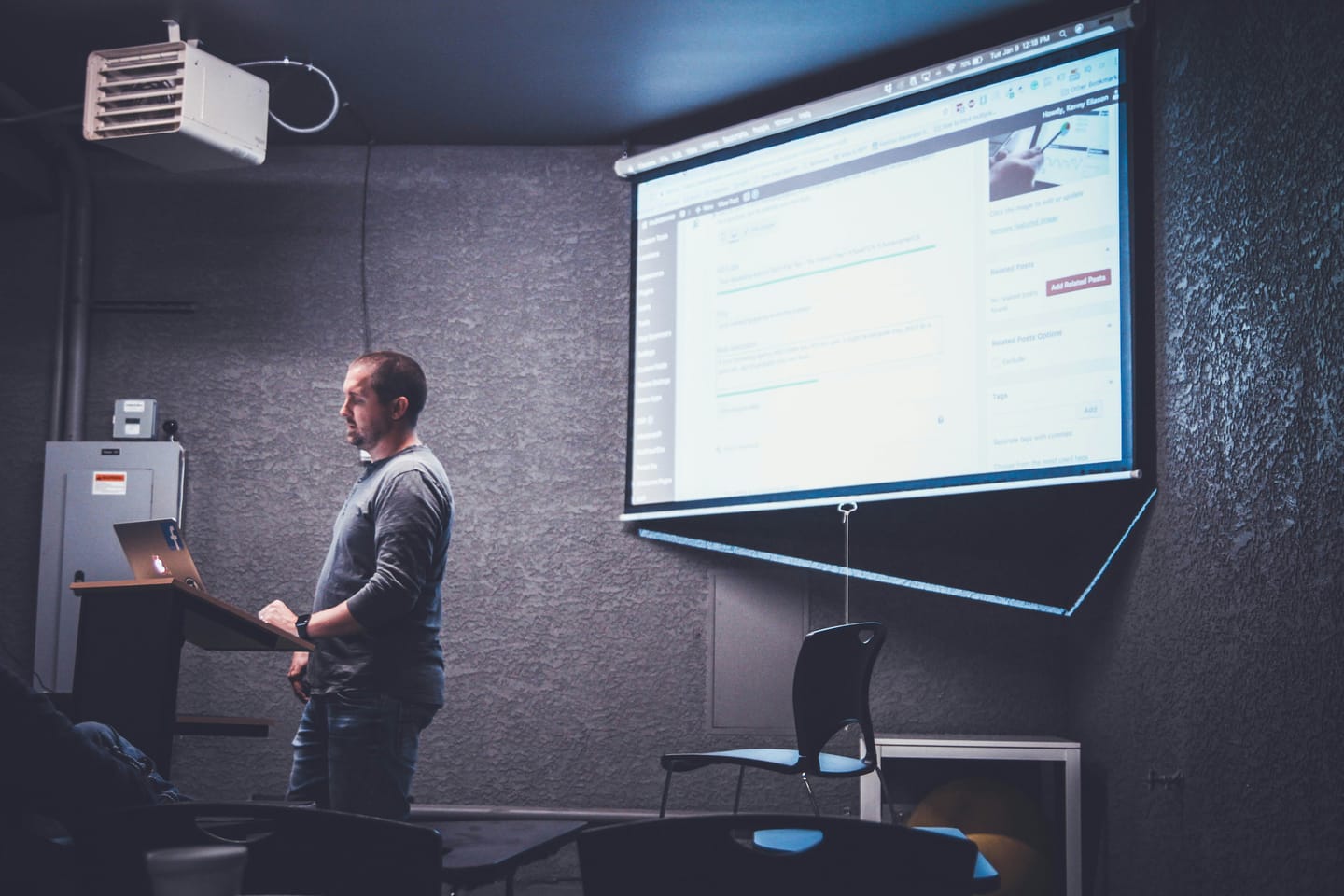Researchers Identified 454 Words That Reveal AI Usage in Scientific Publications
A research team from the University of Tübingen has developed a new method for identifying AI-generated text in scientific abstracts, finding that at least 13.5 percent of biomedical publications in 2024 may contain AI-written sections. Dmitry Kobak and colleagues analysed word usage in more than 15 million biomedical abstracts













